Anaflam TH 8 Tablet 10's
MRP ₹304
(Inclusive of all Taxes)
₹45.6 Cashback (15%)
Provide Delivery Location
Online payment accepted
 Prescription drug
Prescription drugWhats That
Manufacturer/Marketer :
Consume Type :
Expires on or after :
Return Policy :
About Anaflam TH 8 Tablet
Anaflam TH 8 Tablet is a combination medicine used to relieve pain and inflammation associated with osteoarthritis, rheumatoid arthritis, ankylosing spondylitis, muscle pain, bone and joint pain. Pain is a symptom triggered by the nervous system, causing uncomfortable sensations in the body. Muscle spasm is the sudden involuntary contractions of the muscle, which can be painful and uncomfortable. Arthritis is tenderness and swelling in the joints.
Anaflam TH 8 Tablet contains Thiocolchicoside (muscle relaxant), Aceclofenac (NSAID), and Paracetamol (Analgesic). Thiocolchicoside works on the centers of the spinal cord and brain. This helps relieve muscle stiffness and improves muscle movements. Aceclofenac and Paracetamol work by blocking the effect of chemical messengers that cause pain and inflammation. Together, Anaflam TH 8 Tablet helps in relieving pain due to muscle spasms.
You are advised to take Anaflam TH 8 Tablet for as long as your doctor has prescribed it for you depending on your medical condition. In some cases, you may experience certain common side-effects such as nausea, vomiting, stomach pain, loss of appetite, heartburn, and diarrhoea. Most of these side-effects do not require medical attention and will resolve gradually over time. However, you are advised to talk to your doctor if you experience these side-effects persistently.
Consult your doctor if you are pregnant or breastfeeding. Anaflam TH 8 Tablet may cause drowsiness and dizziness, so drive with caution. Anaflam TH 8 Tablet should not be given to children as safety and efficacy have not been established. Avoid consuming alcohol with Anaflam TH 8 Tablet as it could lead to increased drowsiness and dizziness; it might also increase the risk of stomach bleeding. Keep your doctor informed about your health condition and medicines to rule out any side-effects/interactions.
Uses of Anaflam TH 8 Tablet
Directions for Use
Key Benefits
Anaflam TH 8 Tablet is a combination of three drugs, namely: Thiocolchicoside, Aceclofenac, and Paracetamol. Anaflam TH 8 Tablet is used to relieve pain and inflammation associated with osteoarthritis, rheumatoid arthritis, ankylosing spondylitis, muscle pain, bone and joint pain. Anaflam TH 8 Tablet increases the pain threshold and blood flow across the skin. Thiocolchicoside is a muscle relaxant which works on the centres of the spinal cord and brain. This helps relieve muscle stiffness and improves muscle movements. Aceclofenac and Paracetamol are analgesics that block the effect of a chemical messenger known as cyclo-oxygenase (COX) enzymes that make another chemical, prostaglandins. These prostaglandins are produced at injury sites and cause pain and swelling. By blocking COX enzymes' effect, lesser prostaglandins are produced, which reduces mild to moderate pain and inflammation at the injured or damaged site. Together, Anaflam TH 8 Tablet helps in relieving pain due to muscle spasms.
Storage
Drug Warnings
Do not take Anaflam TH 8 Tablet if you are allergic to any of its contents; if you have/had severe heart problems, stomach ulcer or perforation, and bleeding problems such as bleeding from the stomach, intestine or brain, bypass surgery, heart attack, blood circulation problems, or inflammation of intestines. Inform your doctor if you have high blood pressure, heart problems, high cholesterol, diabetes, asthma, inflammatory bowel disease, liver or kidney problems. Consult your doctor if you are pregnant or breastfeeding. Anaflam TH 8 Tablet may cause drowsiness and dizziness, so drive only if you are alert. Anaflam TH 8 Tablet is not recommended for children as safety and effectiveness have not been established. Avoid consuming alcohol with Anaflam TH 8 Tablet as it could lead to increased drowsiness and increased risk of stomach bleeding. Stop taking Anaflam TH 8 Tablet and consult your doctor immediately if you have stomach pain or any signs of bleeding in the intestine or stomach, such as blood in stools. Do not take any other NSAIDs for pain relief along with Anaflam TH 8 Tablet unless prescribed.
Drug-Drug Interactions
Drug-Drug Interactions
Login/Sign Up
Co-administration of Atenolol with Anaflam TH 8 Tablet could increase the risk of low blood pressure.
How to manage the interaction:
Although there is a possible interaction between Atenolol and Anaflam TH 8 Tablet, you can take these medicines together if prescribed by a doctor. Consult a doctor if you experience excessive sweating, shortness of breath, palpitations, or chest discomfort. Do not discontinue any medications without consulting a doctor.
Co-administration of Anaflam TH 8 Tablet may decrease the excretion rate of Oxazepam which could result in a higher serum level.
How to manage the interaction:
Although there is a possible interaction between Oxazepam and Anaflam TH 8 Tablet, you can take these medicines together if prescribed by a doctor. Do not stop using any medications without a doctor's advice.
Co-administration of ketamine and Anaflam TH 8 Tablet may decrease the effectiveness of Ketamine which could result in a higher blood level.
How to manage the interaction:
Although taking Ketamine and Anaflam TH 8 Tablet together can evidently cause an interaction, it can be taken if a doctor has suggested it. If you're feeling very sleepy or having trouble breathing, it's important to contact your doctor right away. Do not stop using any medications without a doctor's advice.
Co-administration of Teriflunomide with Anaflam TH 8 Tablet may increase the risk or severity of Liver problems.
How to manage the interaction:
Taking Anaflam TH 8 Tablet with Teriflunomide together can possibly result in an interaction, but it can be taken if a doctor has advised it. Do not discontinue any medications without consulting a doctor.
Co-administration of Anaflam TH 8 Tablet and Ketoconazole may increase the risk of liver injury.
How to manage the interaction:
Although there is a possible interaction between Anaflam TH 8 Tablet and Ketoconazole, you can take these medicines together if prescribed by a doctor. However, if you have joint pain or swelling, fever, chills, unusual bleeding or bruising, skin rash, itching, over-tiredness, nausea, vomiting, loss of appetite, stomach pain, dark-colored urine, light-colored stools, and/or yellowing of the skin or eyes, contact a doctor immediately as these may be signs and symptoms of liver damage. Do not discontinue the medication without consulting a doctor.
Co-administration of Anaflam TH 8 Tablet and Leflunomide may increase the risk of liver problems.
How to manage the interaction:
Although there is a possible interaction between Anaflam TH 8 Tablet and Leflunomide, they can be taken together if prescribed by a doctor. However, if you experience fever, chills, joint pain or swelling, unusual bleeding or bruising, skin rash, itching, less desire to eat, fatigue, nausea, vomiting, abdominal pain, or yellowing of the skin or eyes, contact a doctor immediately. Do not discontinue any medications without consulting a doctor.
Co-administration of Anaflam TH 8 Tablet and Valdecoxib may increase the risk or severity of adverse effects.
How to manage the interaction:
Although there is a possible interaction between Anaflam TH 8 Tablet and Valdecoxib, you can take these medicines together if prescribed by a doctor. However, if the side effects worsen, please consult a doctor.
Co-administration of Lomitapide and Anaflam TH 8 Tablet may increase the risk of severity of liver injury.
How to manage the interaction:
Although there is a possible interaction between Anaflam TH 8 Tablet and Lomitapide, you can take these medicines together if prescribed by a doctor. Do not stop using any medications without a doctor's advice.
Co-administration of Mipomersen with Anaflam TH 8 Tablet may increase the risk or severity of liver injury.
How to manage the interaction:
There may be a possibility of interaction between Anaflam TH 8 Tablet and Mipomersen, but it can be taken if prescribed by a doctor. Do not stop using any medications without talking to a doctor.
Drug-Food Interactions
Drug-Food Interactions
Login/Sign Up
Diet & Lifestyle Advise
- Exercising regularly helps in muscle stretching so that they are less likely to spasm, tear and sprain. Mild exercises such as jogging and walking are helpful for muscle stretching.
- Massages can also be helpful.
- Avoid freezing and hot temperatures.
- Avoid wearing tight-fitting clothes, instead, wear loose garments.
- Rest well, and get plenty of sleep.
- To avoid developing pressure sores, change your position every two hours.
- Hot or cold therapy can help treat muscle spasms. Apply an ice-pack or hot-pack on the muscle for 15-20minutes.
- Stay hydrated, drink plenty of water.
Side Effects of Anaflam TH 8 Tablet
- Nausea
- Vomiting
- Stomach pain
- Diarrhoea
- Loss of appetite
- Heartburn
Habit Forming
Therapeutic Class
All Substitutes & Brand Comparisons
RX
Dotaflam-MR 8 Tablet 10's
Claret Life Sciences
₹242.5
(₹21.83 per unit)
20% CHEAPERRX
Hifenac Max DS Tablet 10's
Intas Pharmaceuticals Ltd
₹260
(₹23.4 per unit)
14% CHEAPERRX
Trypace-MR Tablet 10's
Alonsoa Life Sciences
₹280
(₹25.2 per unit)
7% CHEAPER
Author Details
We provide you with authentic, trustworthy and relevant information
Drug-Diseases Interactions
Drug-Diseases Interactions
Login/Sign Up
FAQs
Drug-Drug Interactions Checker List
- ASPIRIN
- IBUPROFEN
- NAPROXEN
- CELECOXIB
- ETORICOXIB
- CITALOPRAM
- ESCITALOPRAM
- FLUOXETINE
- FLUVOXAMINE
- PAROXETINE
- SERTRALINE
- LITHIUM
- DIGOXIN
- ENALAPRIL
- LISINOPRIL
- LOSARTAN
- CANDESARTAN
- HYDRALAZINE
- METHYLDOPA
- CLONIDINE
- MOXONIDINE
- PROPRANOLOL
- CIPROFLOXACIN
- OFLOXACIN
- LEVOFLOXACIN
- MOXIFLOXACIN
- FUROSEMIDE
- AMILORIDE
- WARFARIN
- HEPARIN
- CLOPIDOGREL
- METHOTREXATE
- MIFEPRESTONE
- HYDROCORTISONE
- PREDNISOLONE
- CYCLOSPORINE
- TACROLIMUS
- ZIDOVUDINE
- GLIBENCLAMIDE
- GLICLAZIDE
- TOLBUTAMIDE
Disease/Condition Glossary
Pain: Pain is a symptom triggered by the nervous system, causing uncomfortable sensations in the body. Pain may be dull or sharp; it might be constant or may come and go. The tolerance level of pain might vary from person to person. Pain can be generalised (overall body aches) or localised (affecting a specific area of the body). The common causes of pain include headache, muscle strain, cramps, cuts, bone fractures, and arthritis.
Osteoarthritis: It is a joint disease in which the two ends of the joints come together due to the breakdown of a protective covering called cartilage. Due to the absence of this protective covering, the joints rub against each other, leading to pain and stiffness. Symptoms include pain, stiffness, inflammation and tenderness.
Rheumatoid arthritis: It is an auto-immune disease (the body's immune system attacks its tissue), leading to joint pain and damage. Symptoms of rheumatoid arthritis include pain, swelling, stiffness, deformities and loss of joint function.
Ankylosing spondylitis: It causes pain and stiffness in the spine. The pain generally starts in the lower back and can spread to the neck, damaged joints, or other body parts. Ankylosing spondylitis includes decreased flexibility which usually leads to a hunched-forward posture, pain in the back and joints.

Have a query?
Alcohol
Safe if prescribed
Avoid consumption of alcohol while taking Anaflam TH 8 Tablet as it may cause increased drowsiness. It can also increase the risk of stomach bleeding.
Pregnancy
Consult your doctor
Please consult your doctor if you are pregnant; your doctor will prescribe Anaflam TH 8 Tablet only if the benefits outweigh the risks.
Breast Feeding
Consult your doctor
Consult your doctor if you are breastfeeding; your doctor will decide whether Anaflam TH 8 Tablet can be taken by breastfeeding mothers or not.
Driving
Safe if prescribed
Anaflam TH 8 Tablet may cause dizziness and drowsiness. Do not drive or operate machinery unless you are alert.
Liver
Consult your doctor
Dose adjustment may be needed in patients with liver impairment. Please consult your doctor if you have a liver impairment or any concerns regarding this.
Kidney
Consult your doctor
Dose adjustment may be needed in patients with kidney impairment. Please consult your doctor if you have kidney impairment or any concerns regarding this.
Children
Safe if prescribed
Anaflam TH 8 Tablet should not be given to children as safety and effectiveness were not established.






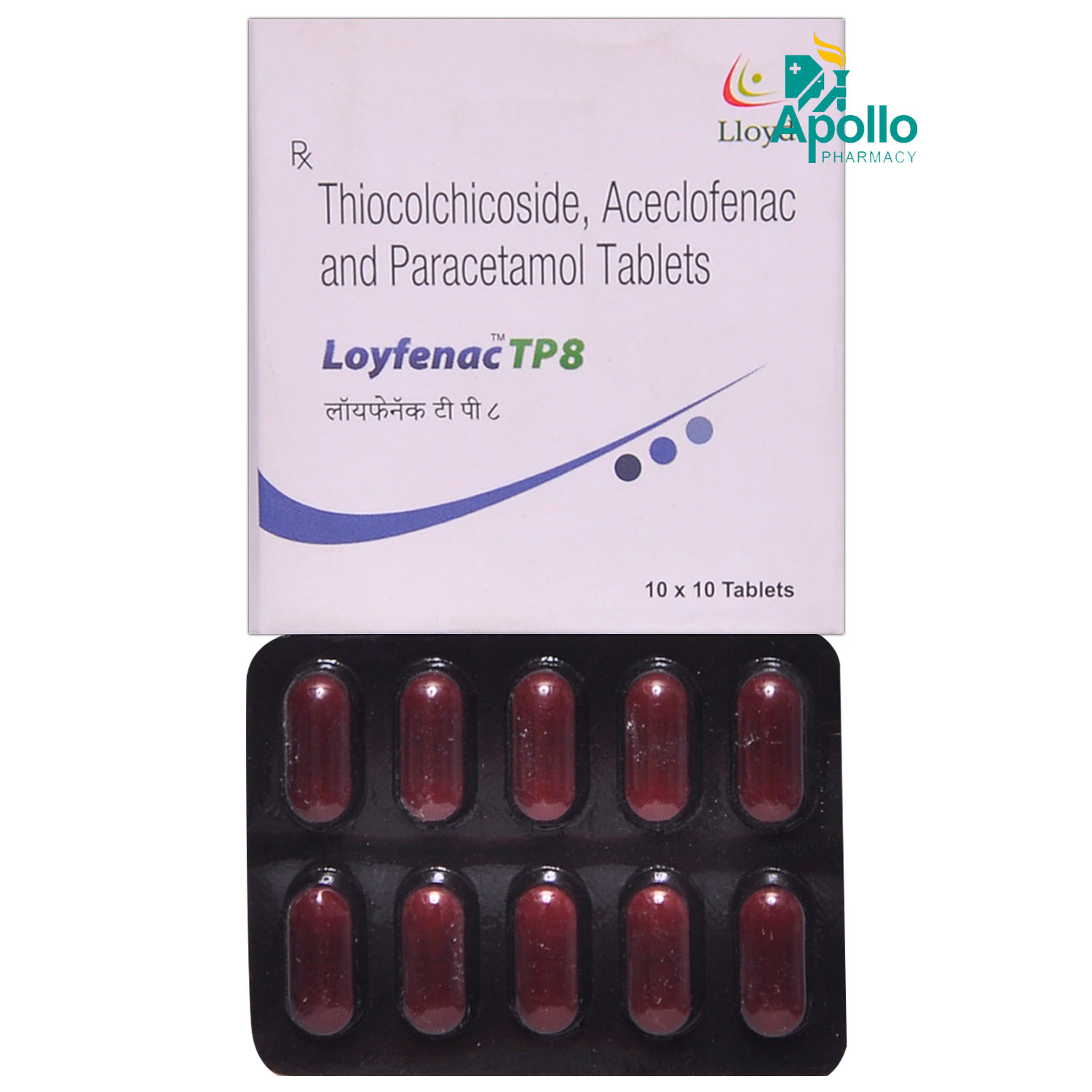
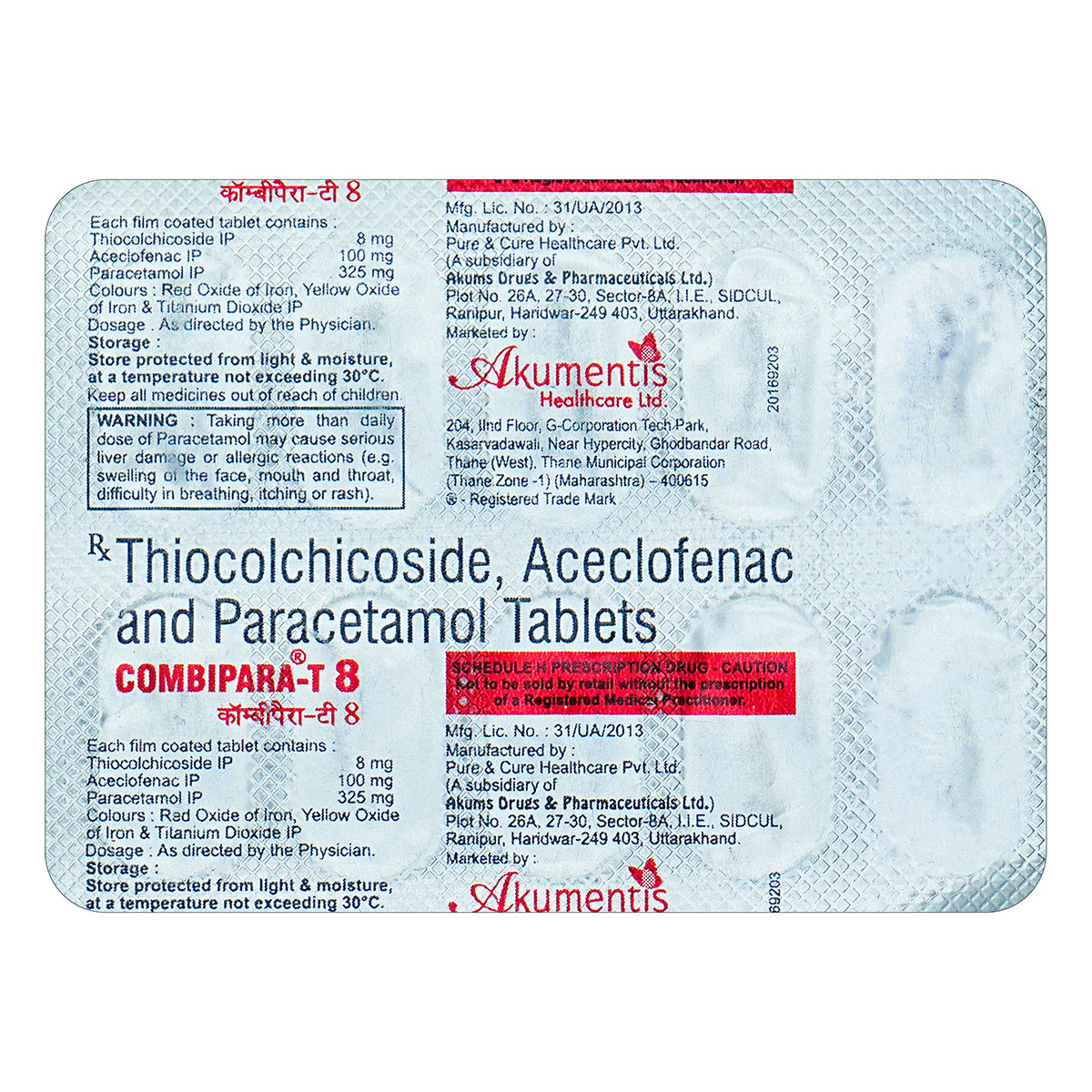
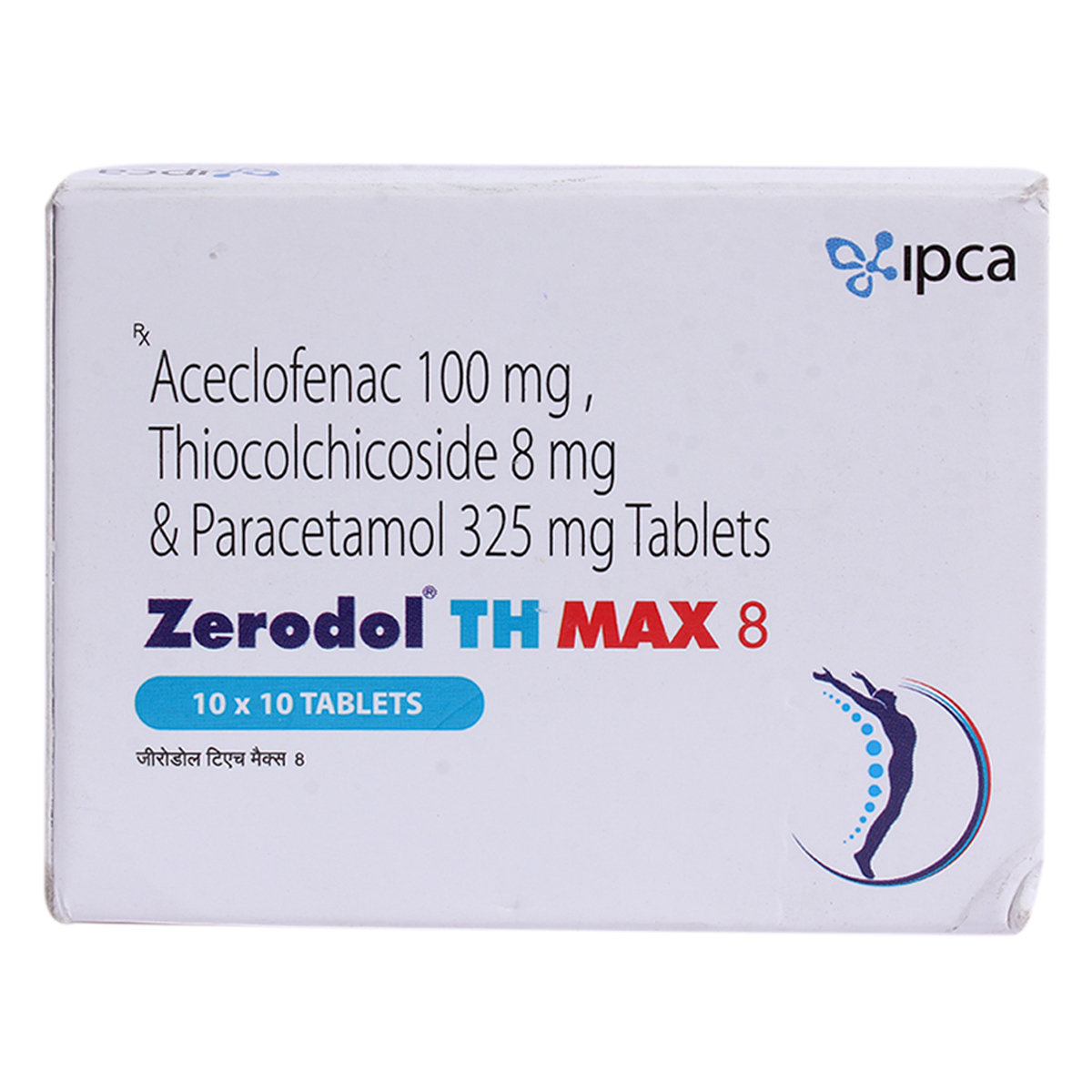
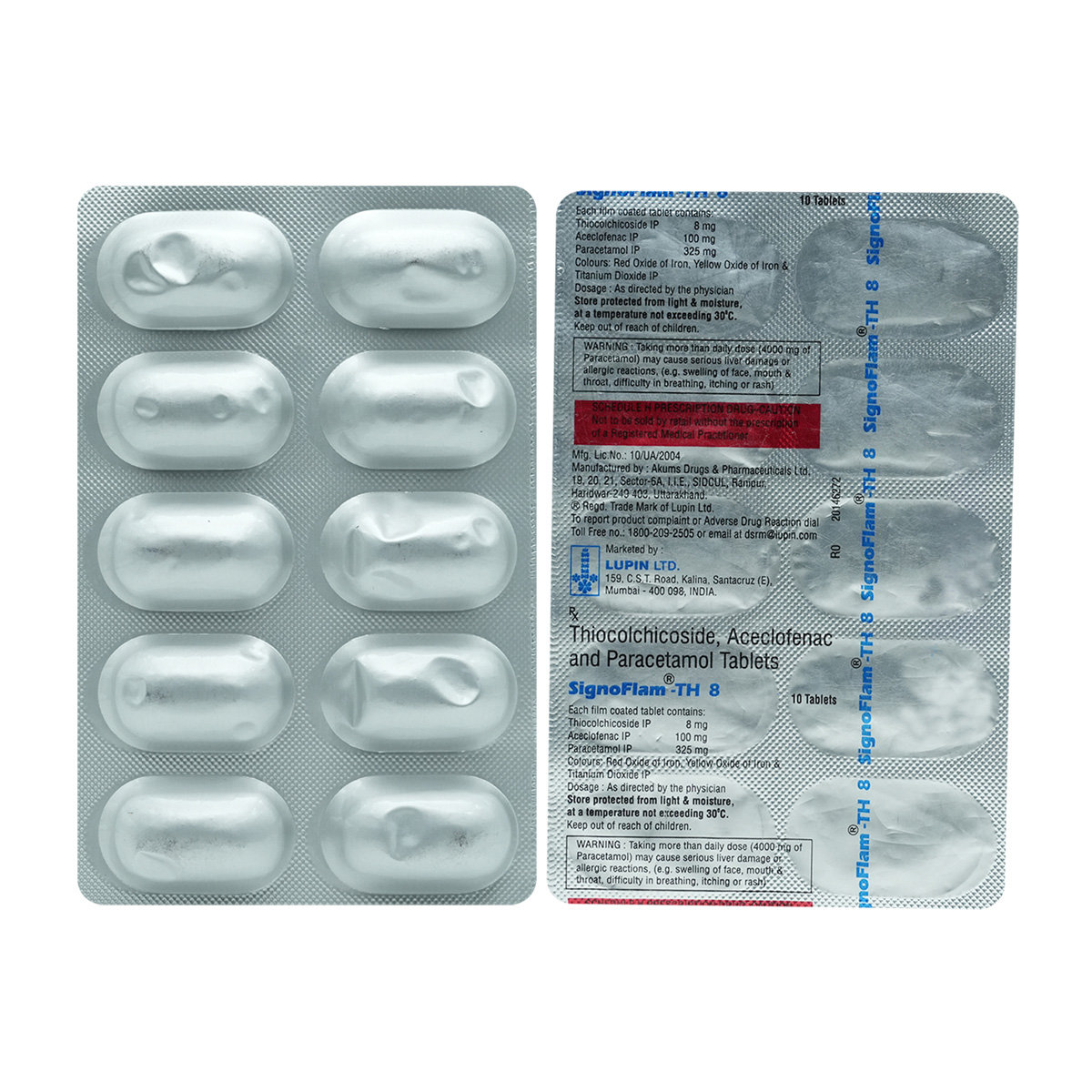
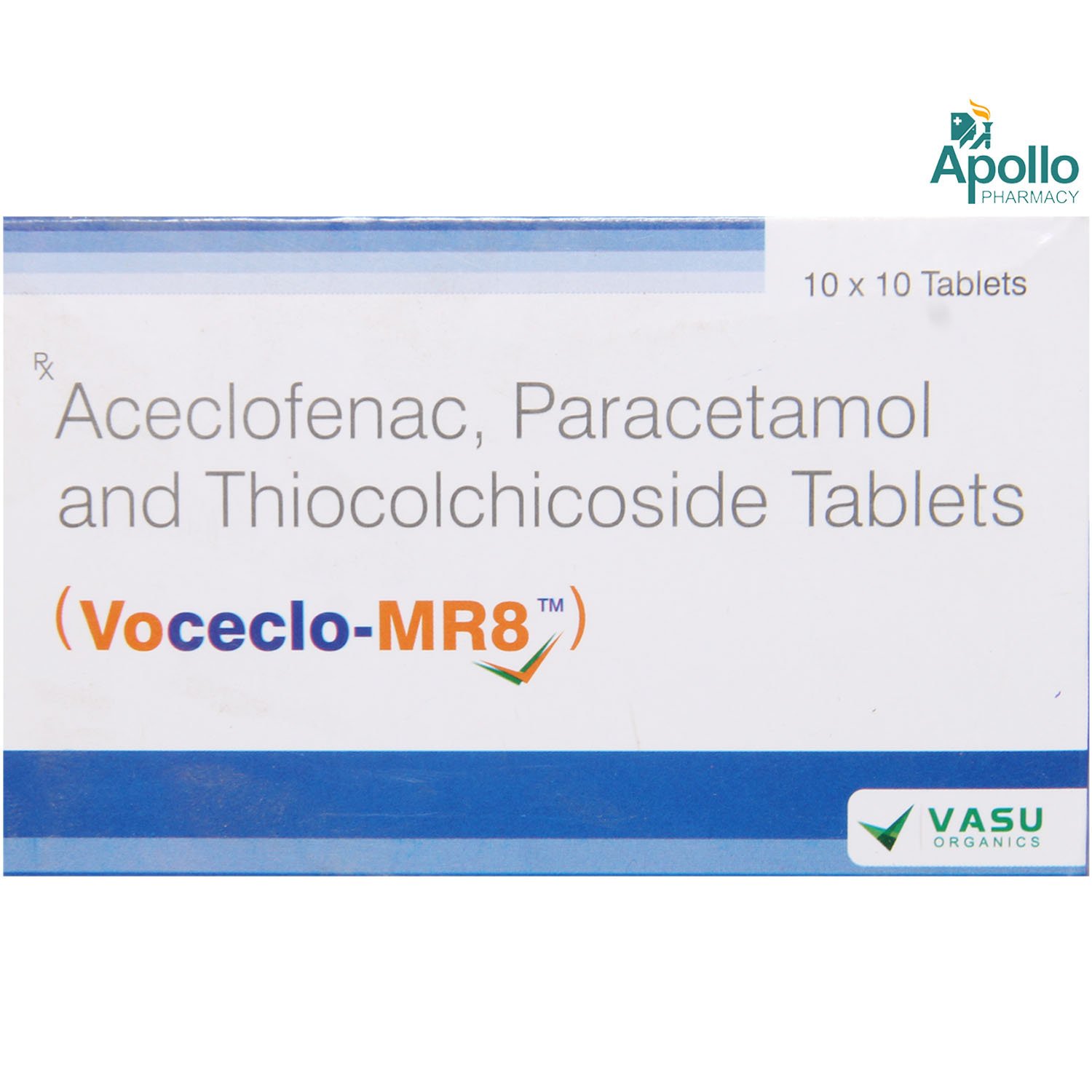
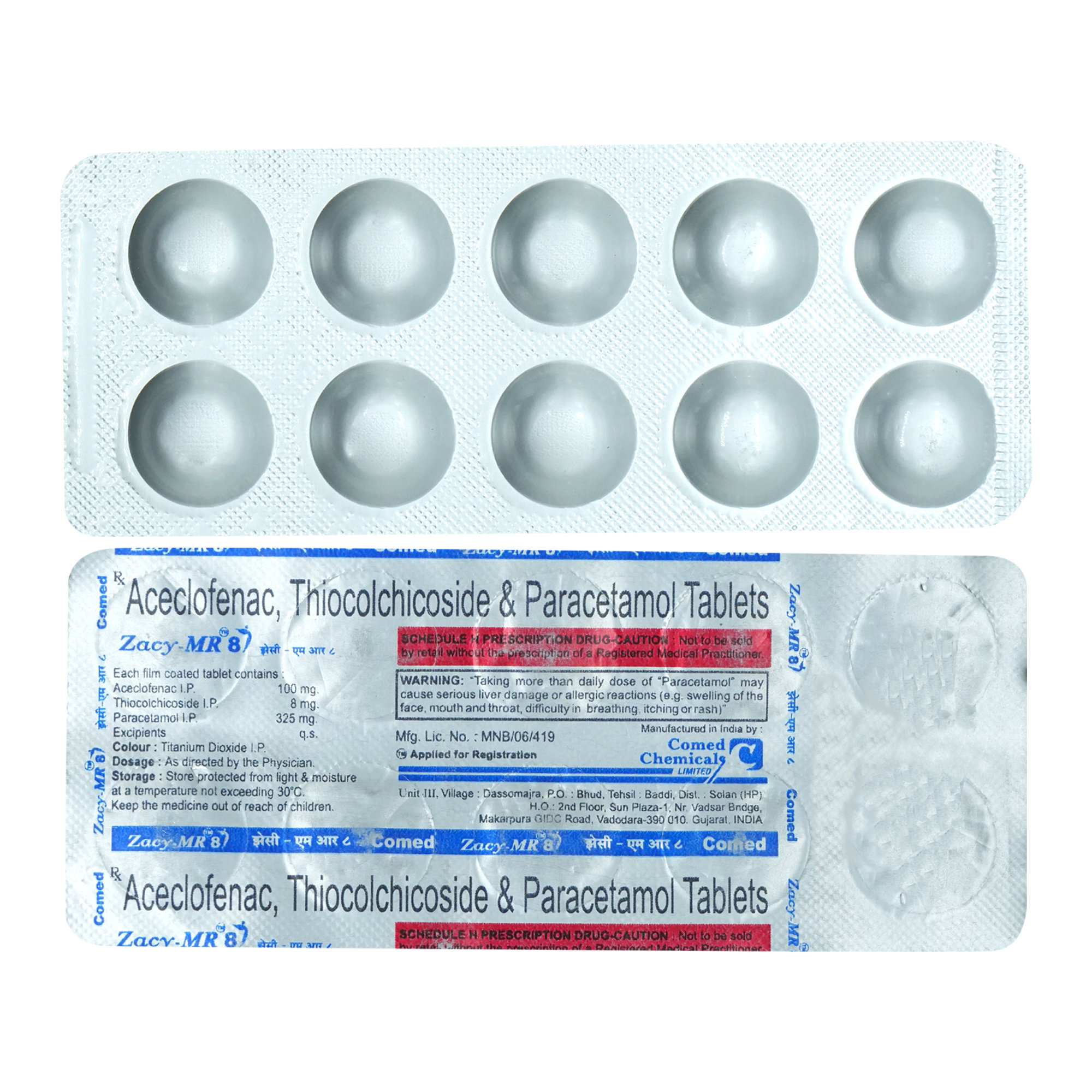

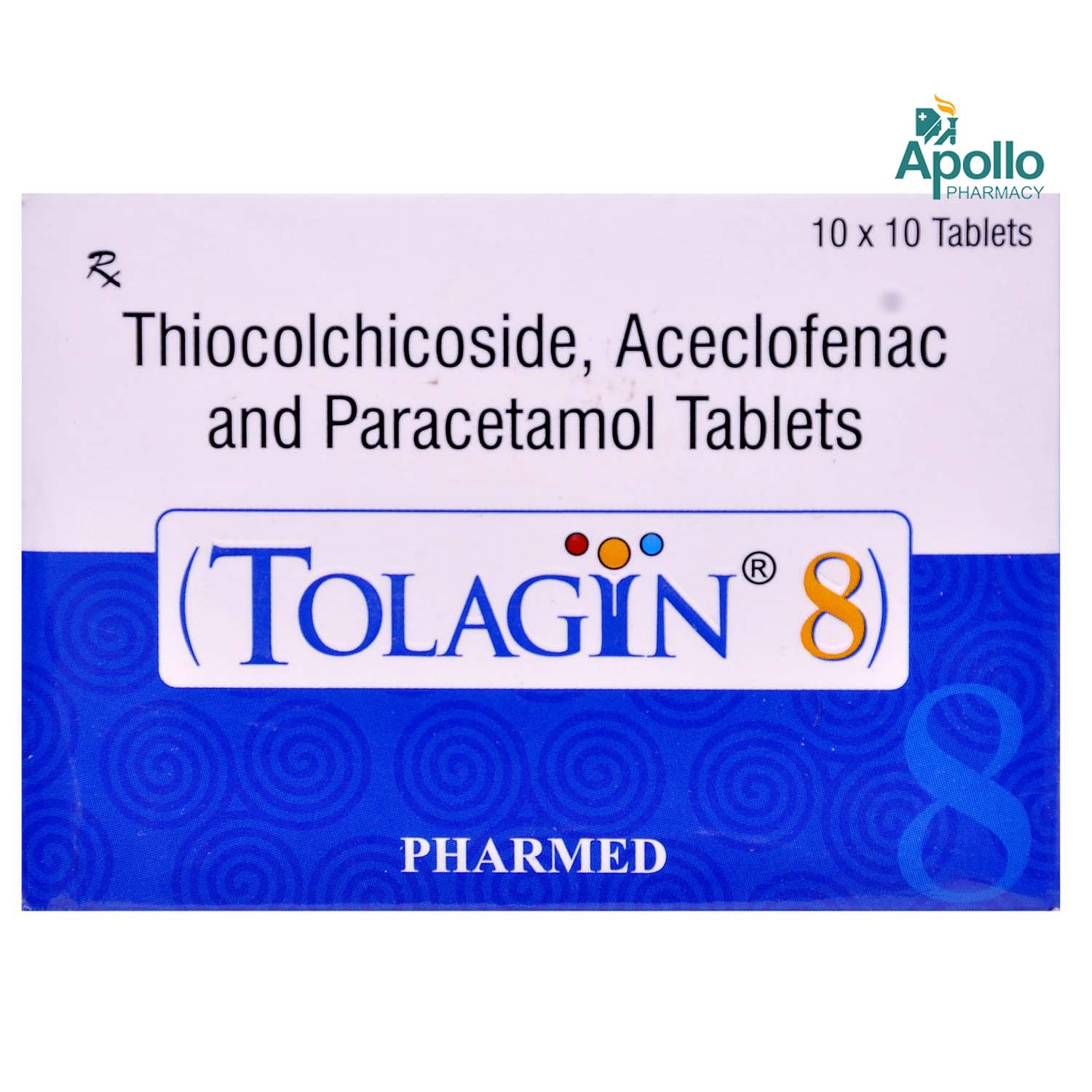
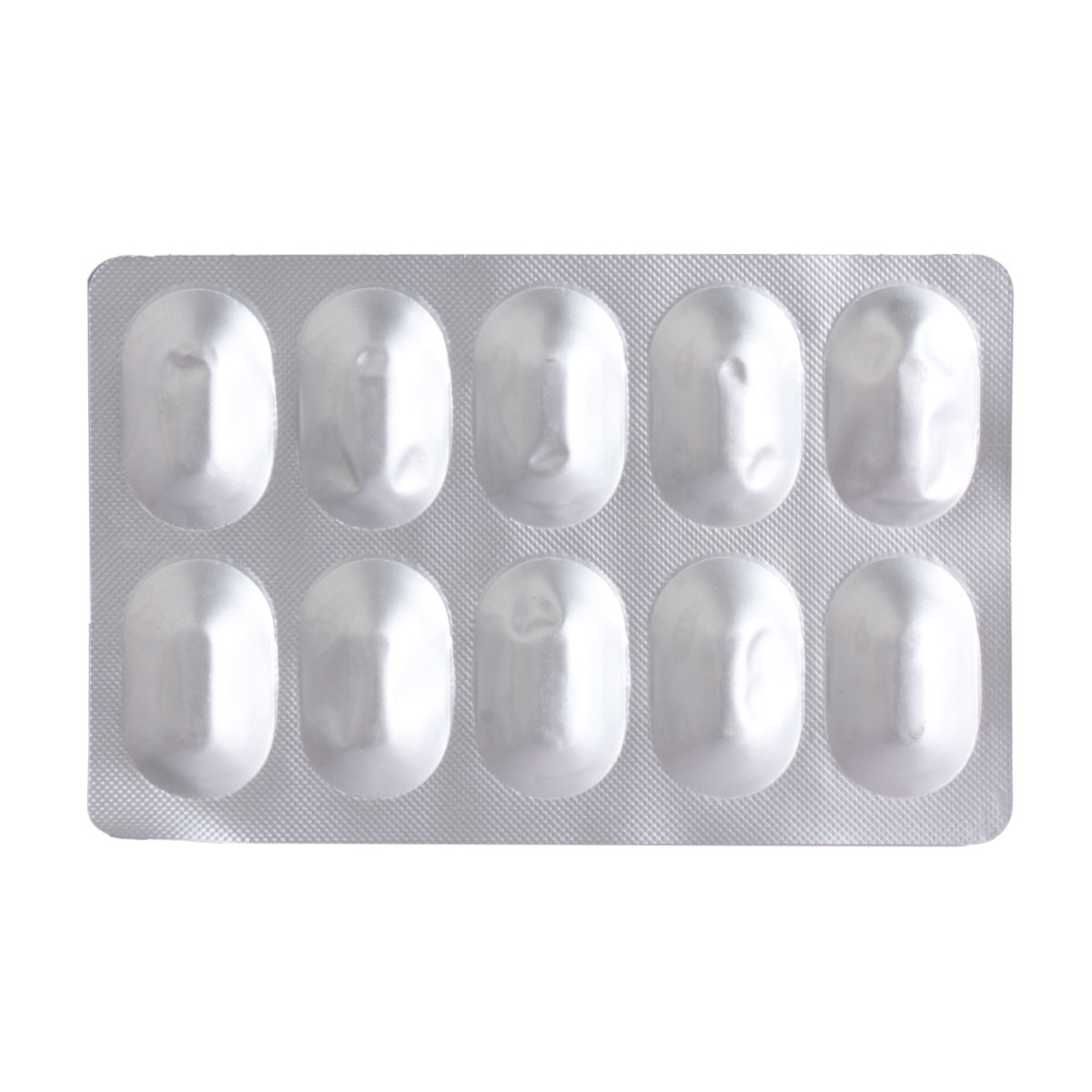

_0.jpg?tr=q-85)

